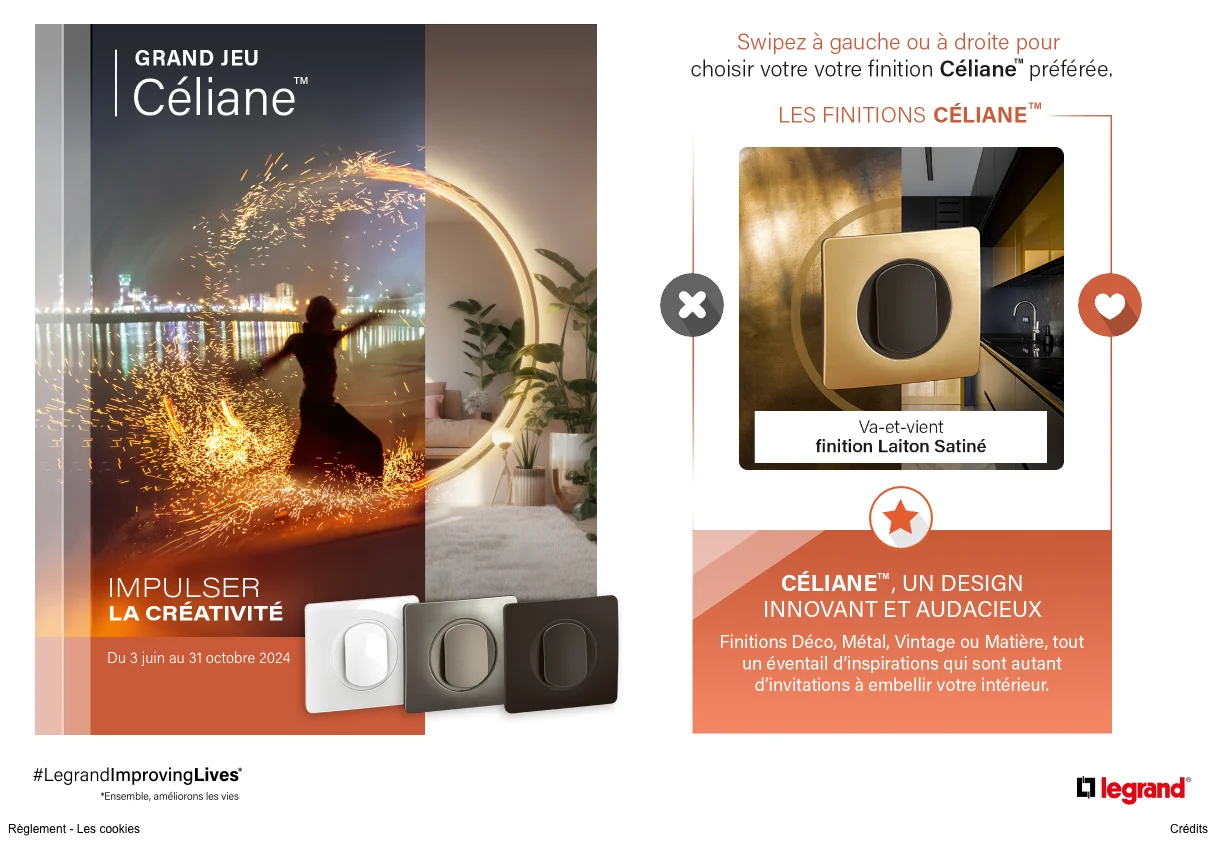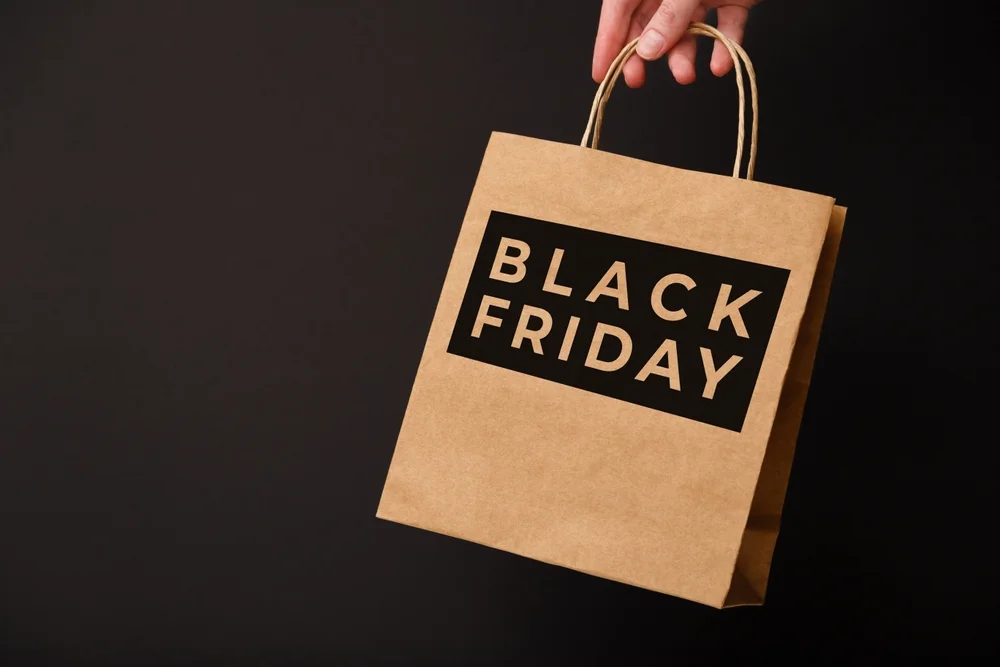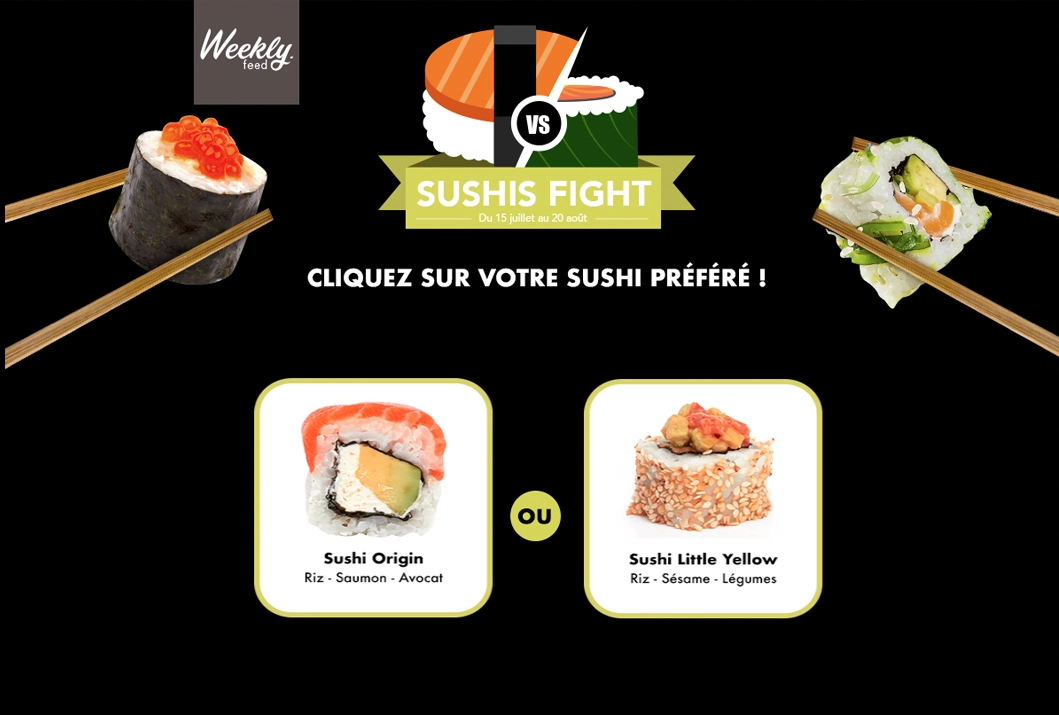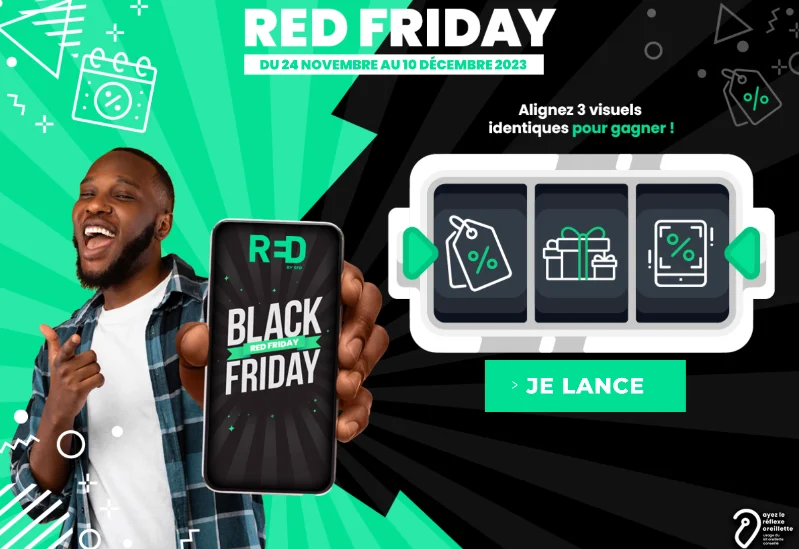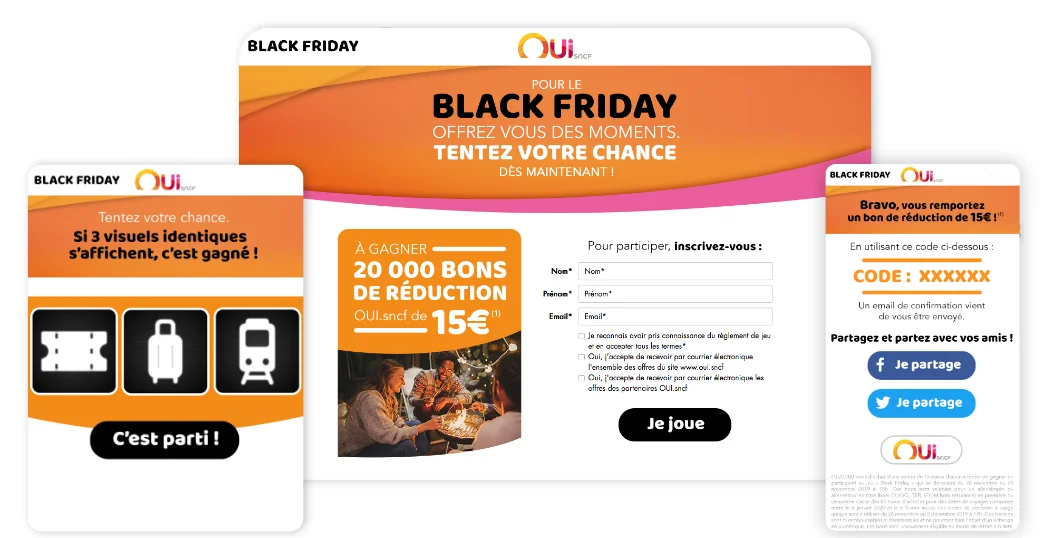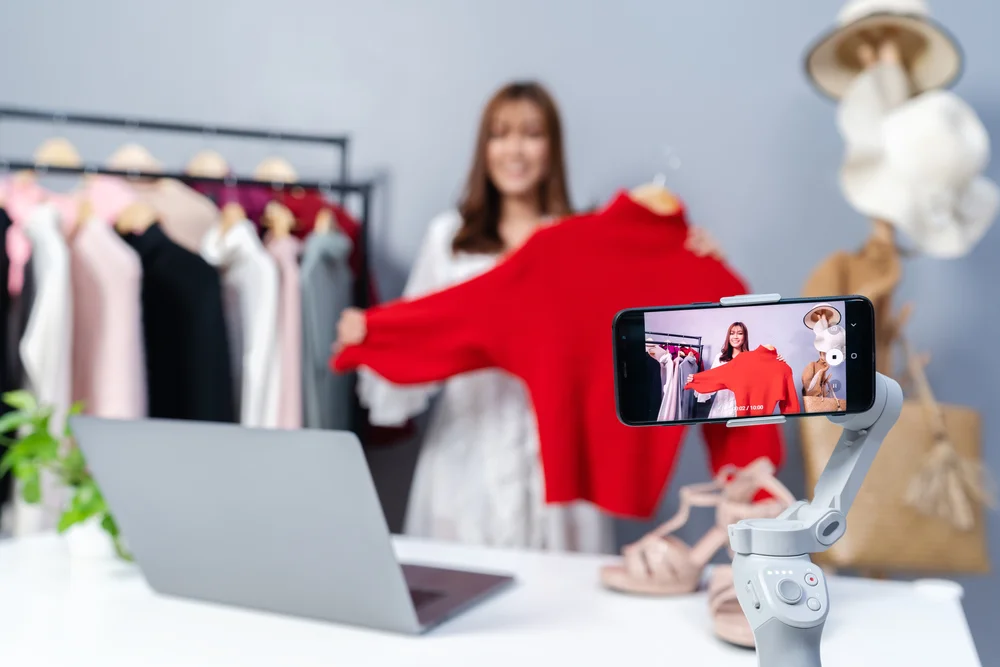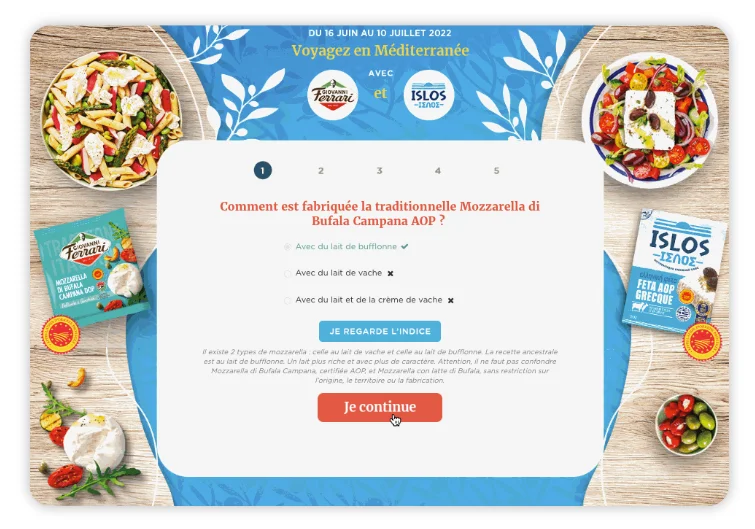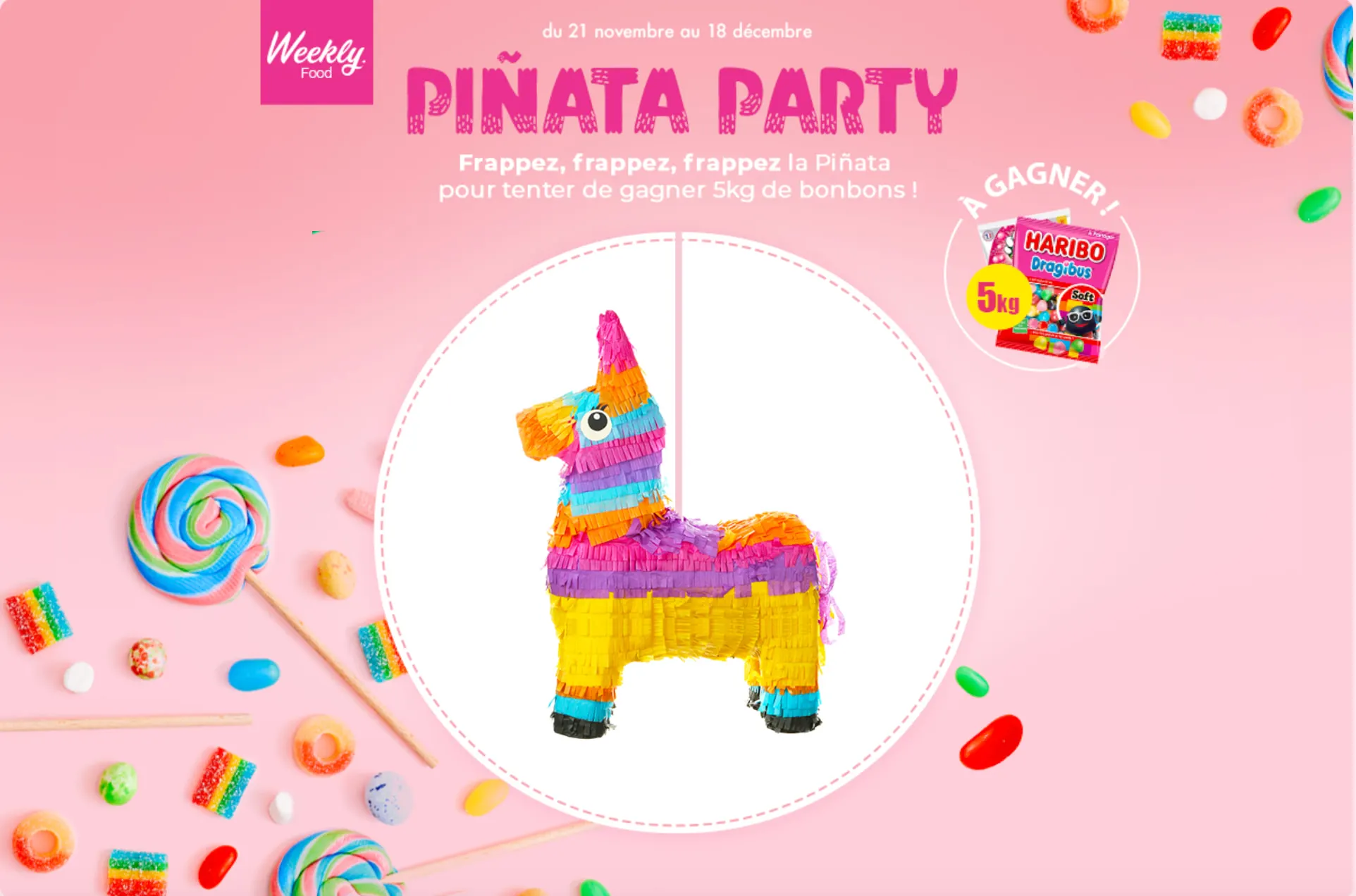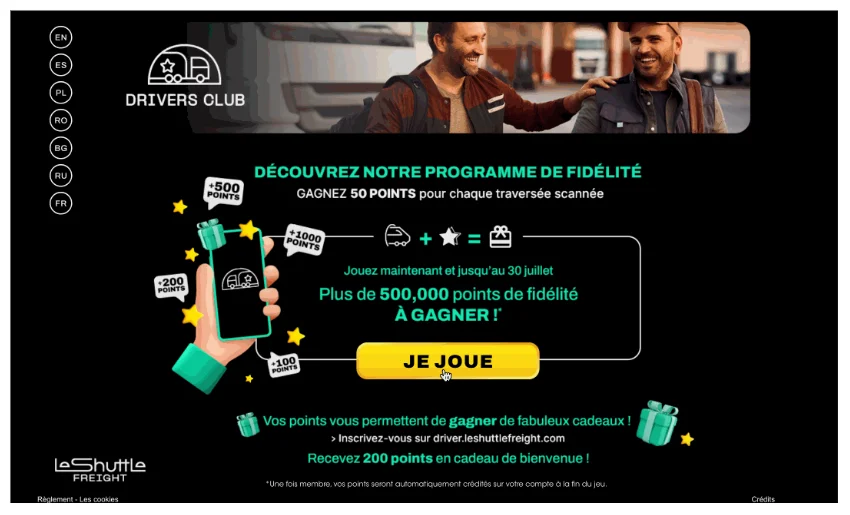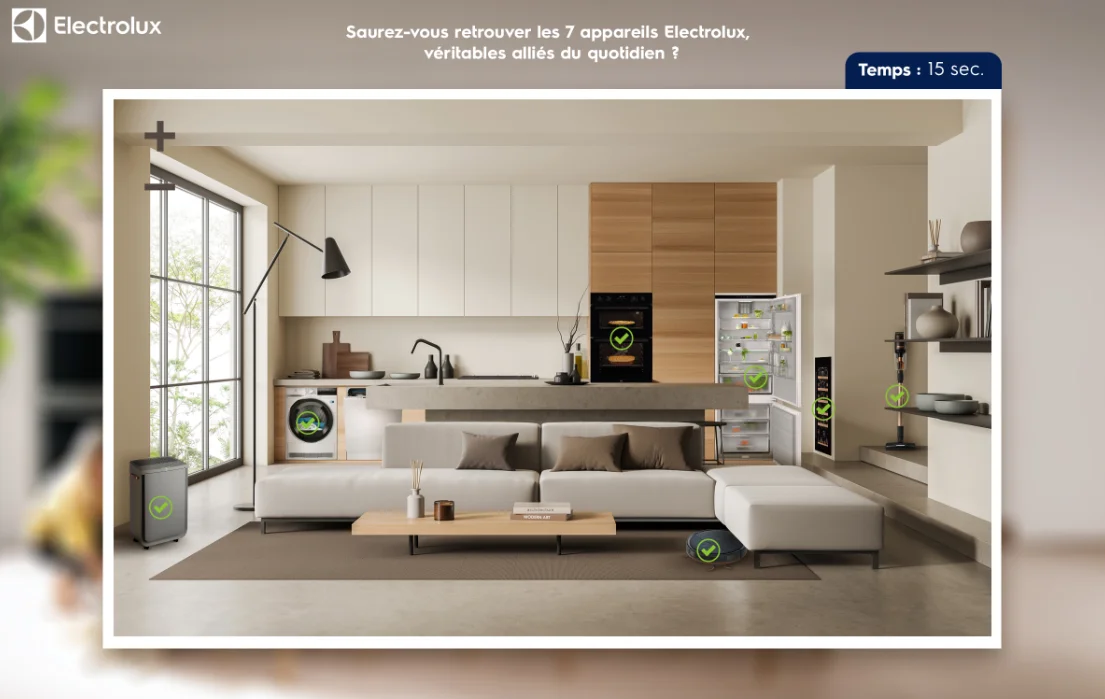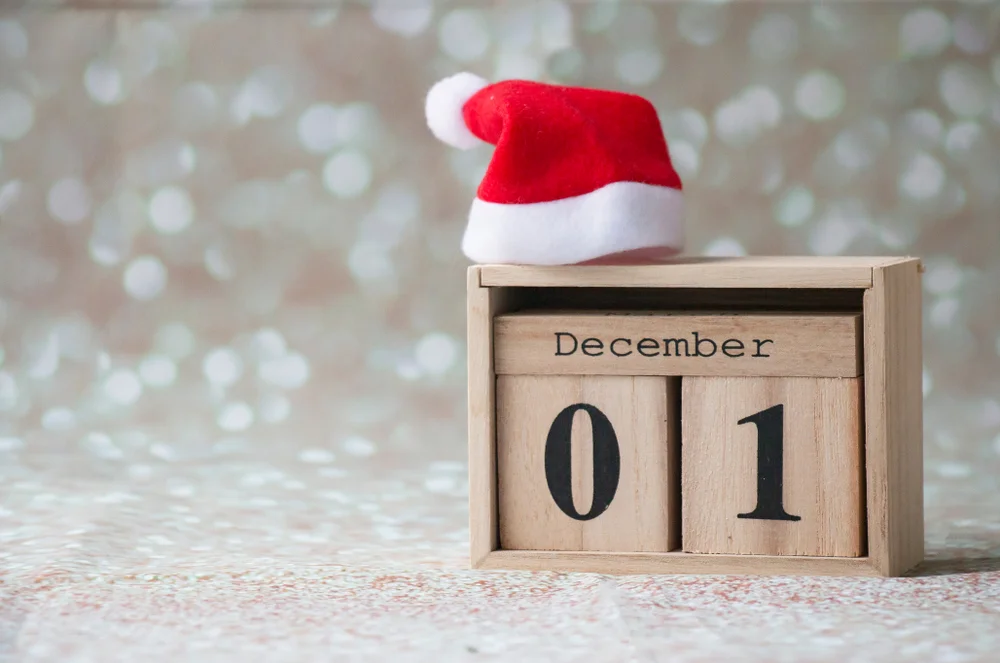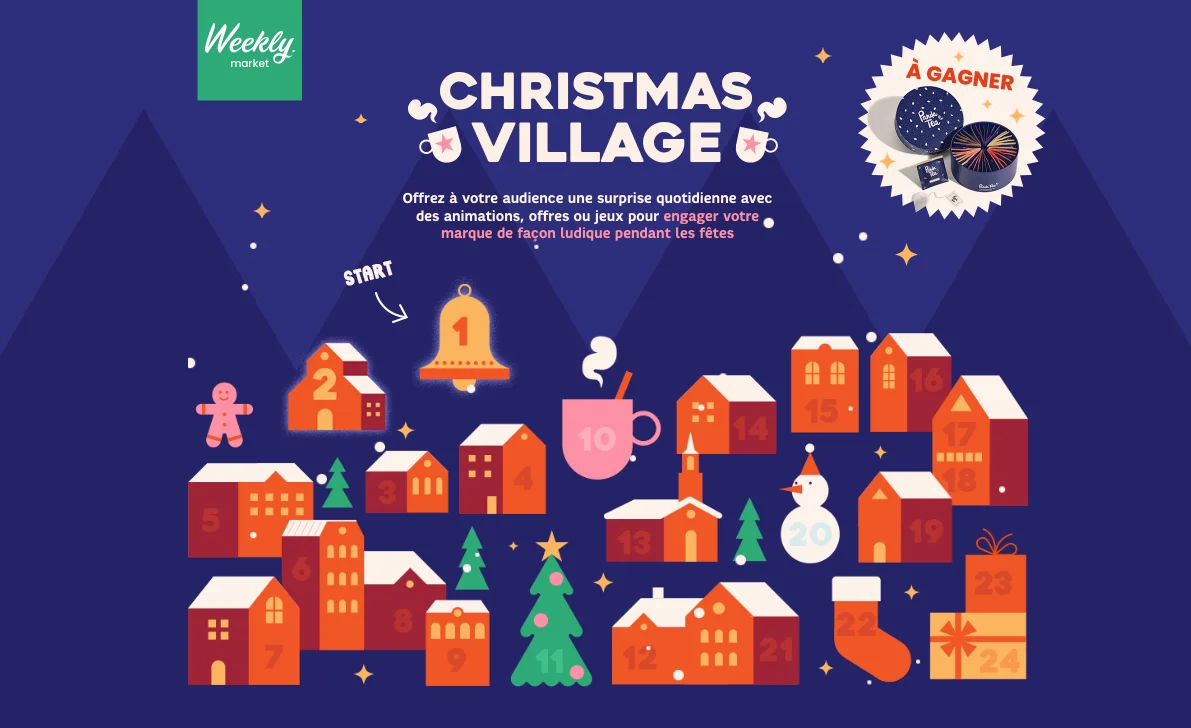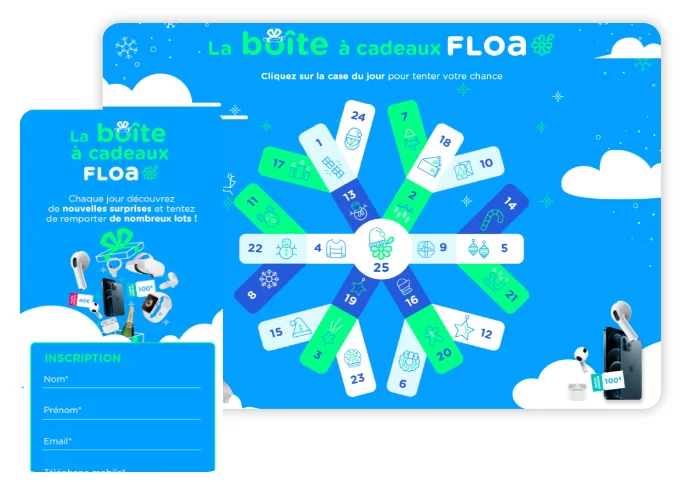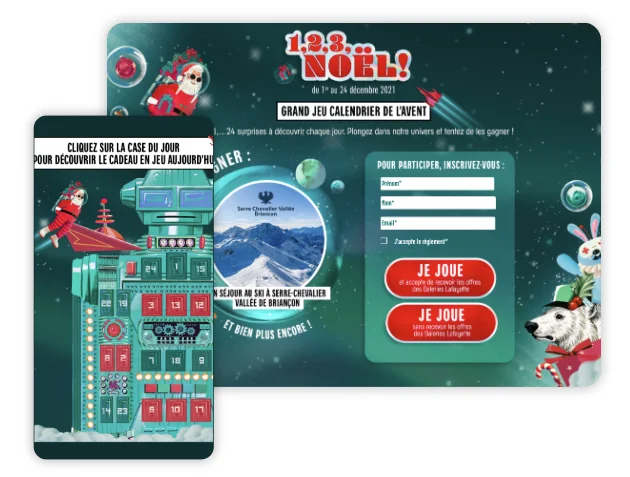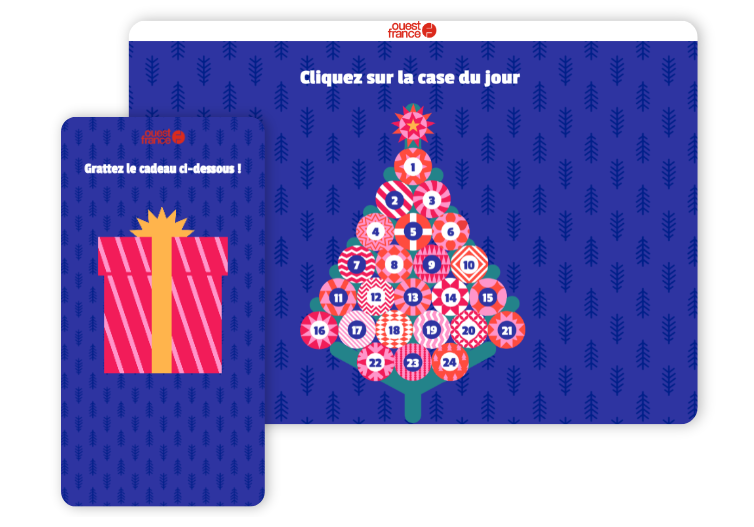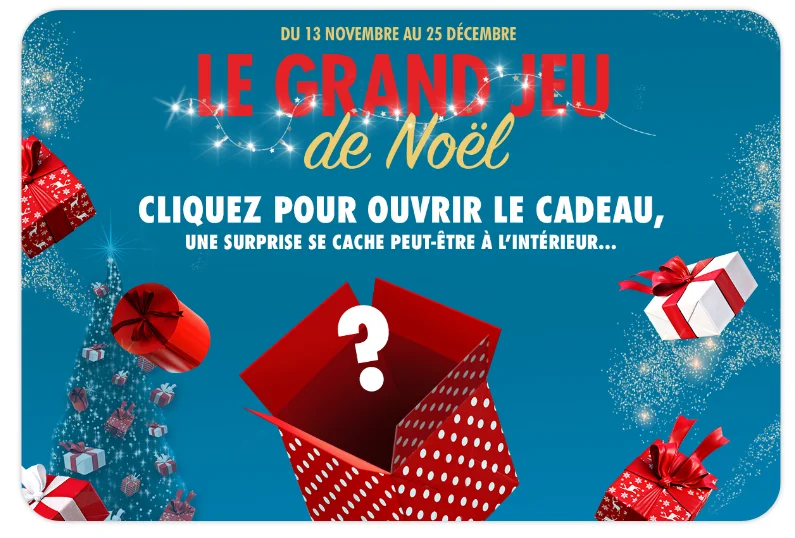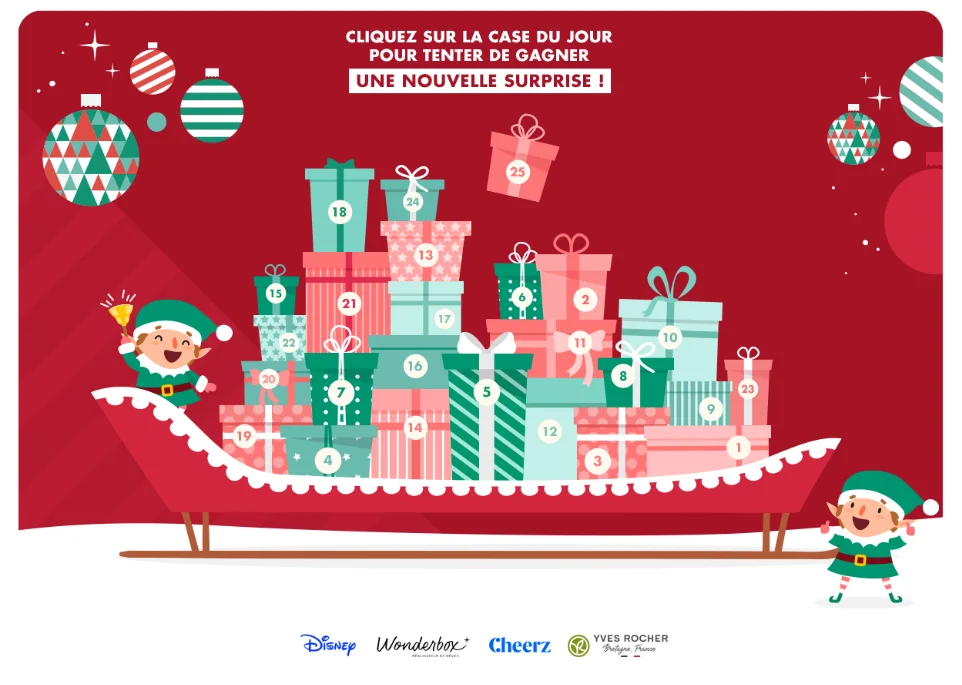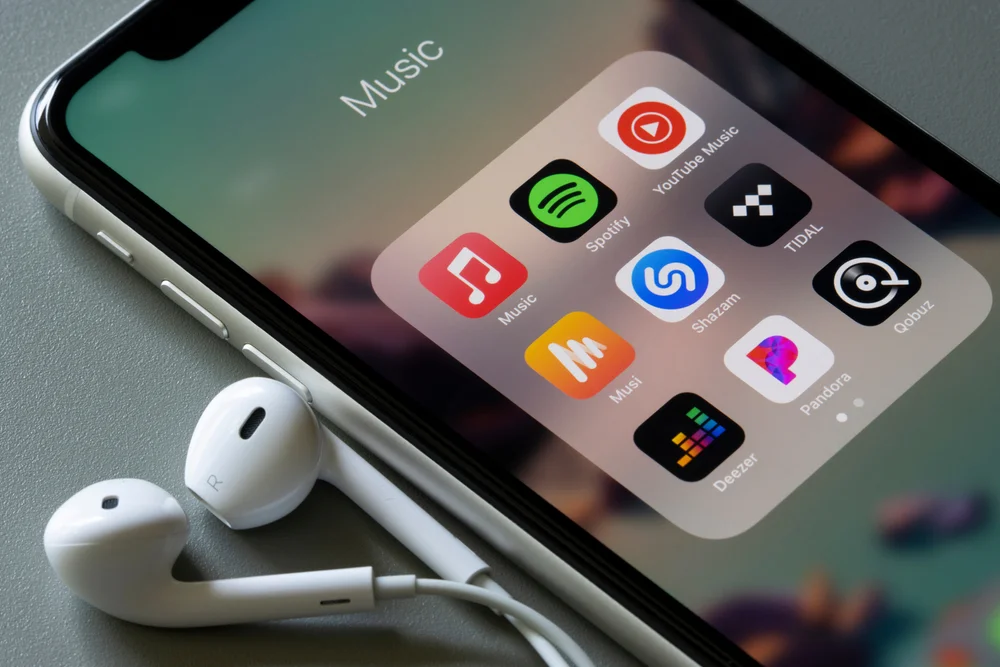
Instant win competitions: 6 original marketing examples
De toutes les mécaniques de gamification à la disposition des entreprises, les instants gagnants sont parmi les plus efficaces. Si les jeux marketing sont puissants pour engager son audience, c’est parce qu’ils permettent de faire gagner des dotations attractives. Et avec des jeux concours instants gagnants, la récompenses est immédiate !
Ce format de marketing peut être utilisé à toutes les étapes du parcours client afin de permettre aux marques d’engager et de fidéliser les consommateurs. Pour profiter du potentiel des Instants Gagnants, nous présentons les objectifs que les entreprises peuvent viser. Pour ces objectifs, nous vous partageons des exemples de campagnes de jeux concours instants gagnants inspirantes.
What is an instant win competition?
Largement adopté pour stimuler l’engagement d’une campagne, l’Instant Gagnant offre la possibilité de remporter des cadeaux instantanément. On le distingue d’un autre jeu comme le tirage au sort, pour lequel il faudra attendre avant de découvrir les gagnants.
Il est possible de combiner les deux en ajoutant un tirage au sort en étape finale du parcours de l’Instant Gagnant. Ainsi, les joueurs qui ont remporté une dotation peuvent participer à un tirage au sort complémentaire et tenter de gagner des cadeaux d’une valeur plus importante (comme un voyage).
En fonction de son univers de marque et de l’objectif de sa campagne, la marque peut opter pour différents types de jeux concours Instants Gagnants. Elle aura le choix entre :
- La Roue de la Chance. Les participants peuvent tourner la roue et tenter de remporter un cadeau ou un code promo.
- Le jeu grattage. Dans cette mécanique simple et rapide, il suffit de gratter un visuel pour découvrir le gain. Entièrement personnalisables, les jeux à gratter permettent d’intégrer des éléments de son univers de marque ou de s’adapter à un temps fort (comme Noël ou la Saint Valentin).
- La machine à sous (ou Bandit Manchot). Inspiré des jeux de casino, cet Instant Gagnant consiste à aligner plusieurs symboles. Il permet de distribuer des cadeaux à son audience.
- Mais aussi la Pinata, le Shuffler, le Grappin, le Click & Win ou encore le Flip & Win.
Why launch instant win competitions?
Instant Win offers companies a highly effective way of increasing visibility and engagement. Here are the 3 main reasons for organising a campaign of this type.
1. Engaging your audience
The first advantage of Instant Win is that it makes you want to take part, since you know immediately whether you’ve won or not. For the brand that organises it, the operation of this interactive mechanism is simple. Instant Win works by time slots designated as “winning”. All yuo have to do is enter at the right time to win a gift. Outside these time slots, all participants lose out (or can win a promotional codes in the case of 100% winning instant games).
Eurotunnel’s Jackpot campaign
To capture quality leads, Eurotunnel offered its public a captivating game. The jackpot (or One-Armed Bandit) enabled the company that manages the tunnel to strengthen its communications with transport operators. Carriers had to download a Transport Ticket Number (TTN) to take part.
Thanks to this popular mechanism and attractive prizes (smartphone, headphones, bluetooth), Eurotunnel registered more than 29k games.
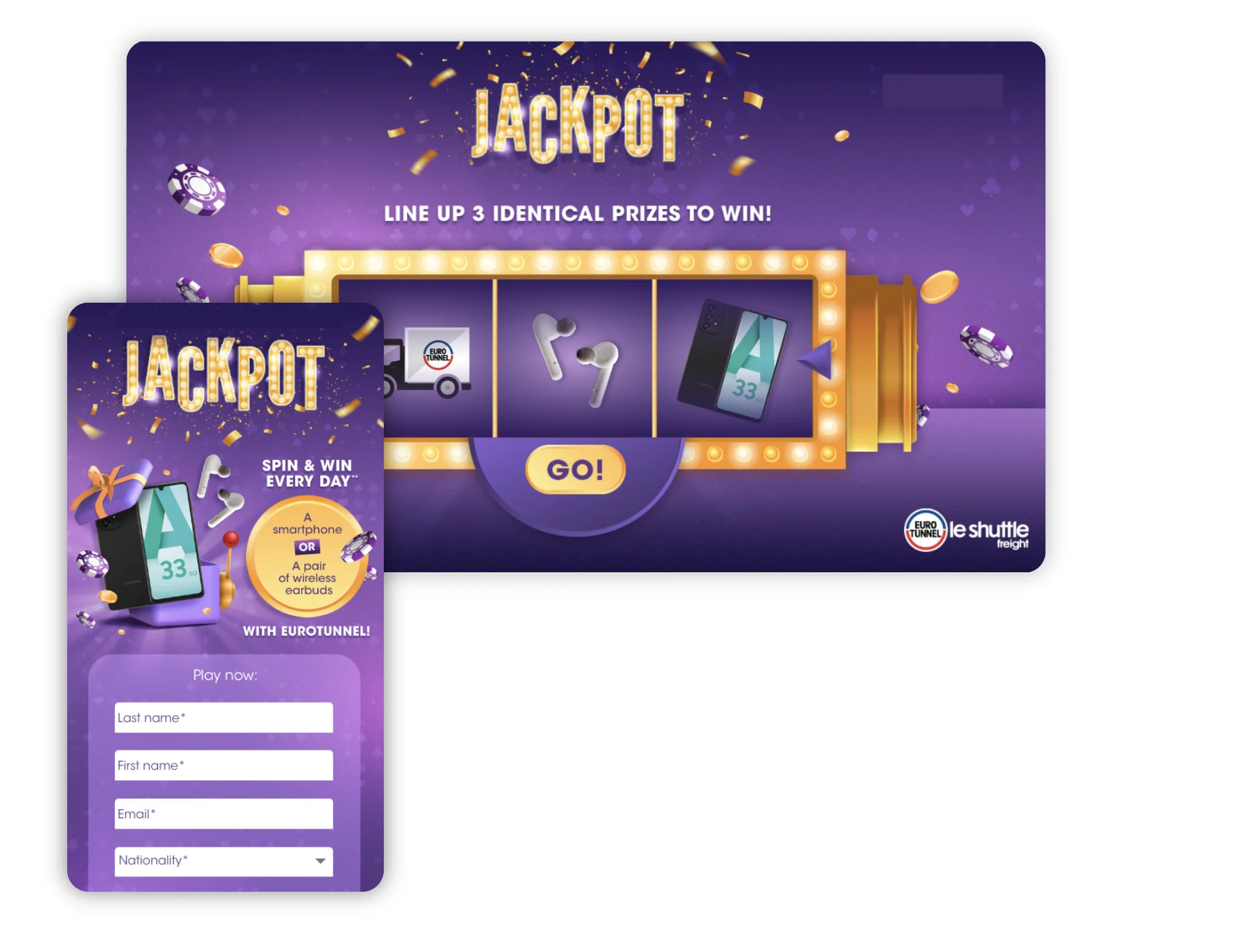
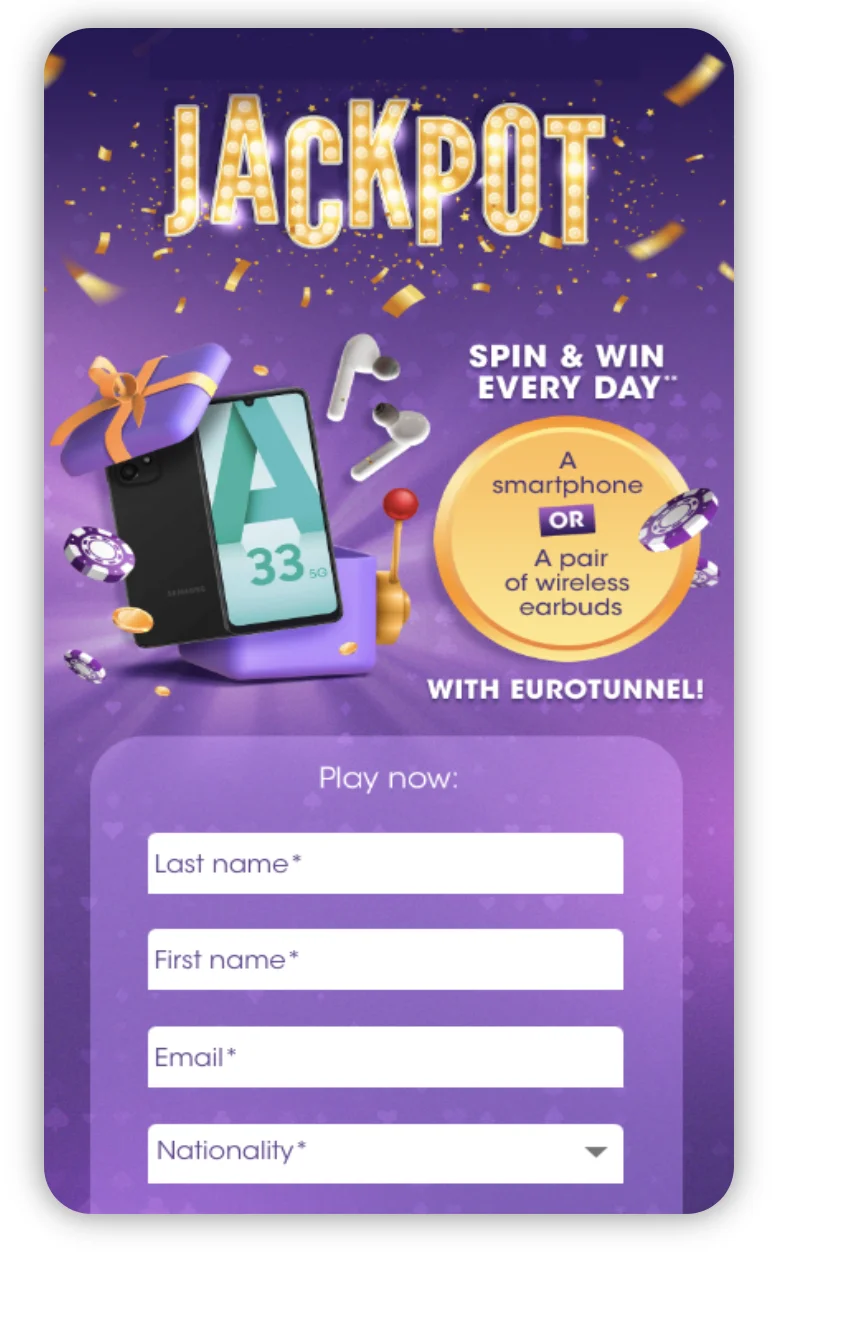
Crédit Agricole’s pretty Christmas accounts
With its “Pretty Christmas accounts” campaign, Crédit Agricole immersed its audience in the spirit of the festive season. Each day, the advent calendar unveiled content highlighting its solidarity initiatives. More than a communications operation, this Instant Win game was designed to engage the community. This format, adaptable to the Regional Banks, enabled Crédit Agricole to strengthen its local roots.
The result: over 10,000 new subscribers to the brand’s mailing list and an opt-in rate of 40%.
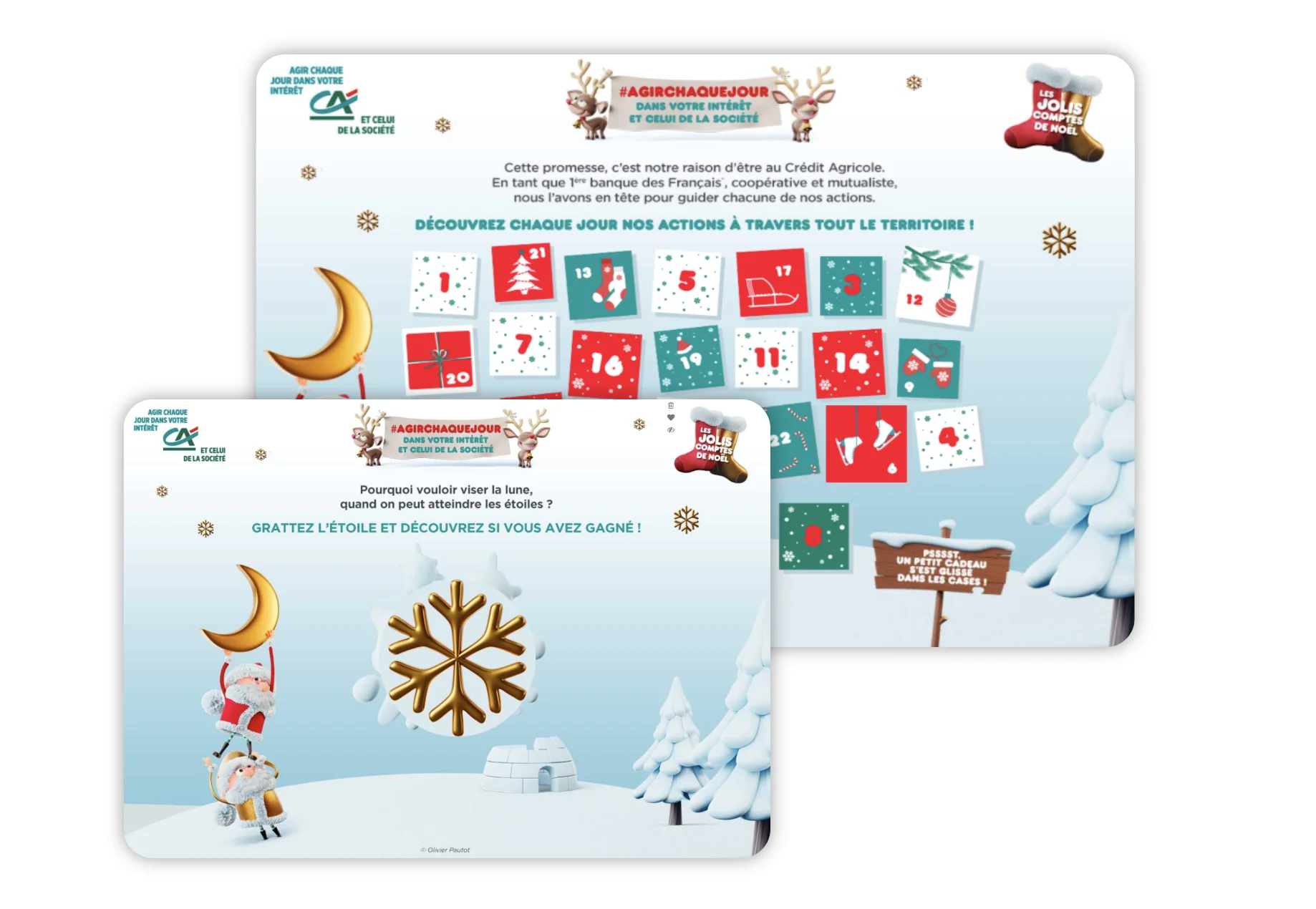
2. Organise instant win competitions to generate leads
Creating an Instant Win competition is a great way of collecting leads. You can ask people to fill in a form before launching the wheel of chanceor cracking a digital pinata. Collecting first-party data (shared by users) will be easier. The brand will be able to refine its customer knowledge and understand the consumption habits of each individual.
Sensation Crispy de Lindt
Following the RGPD announcements, Lindt put in place an annual strategy to recruit new leads and build its base through gaing. This approach, based on marketing chestnuts and product highlights, took shape with the Sensation Cripy campaigns.
The aim was to recruit opt-in leads and promote the product via two engaging mechanics; the Wheel of Chance and Pinball. The campaign exceeded 15,000 leads and achieved a particularly high opt-in rate of 62%.
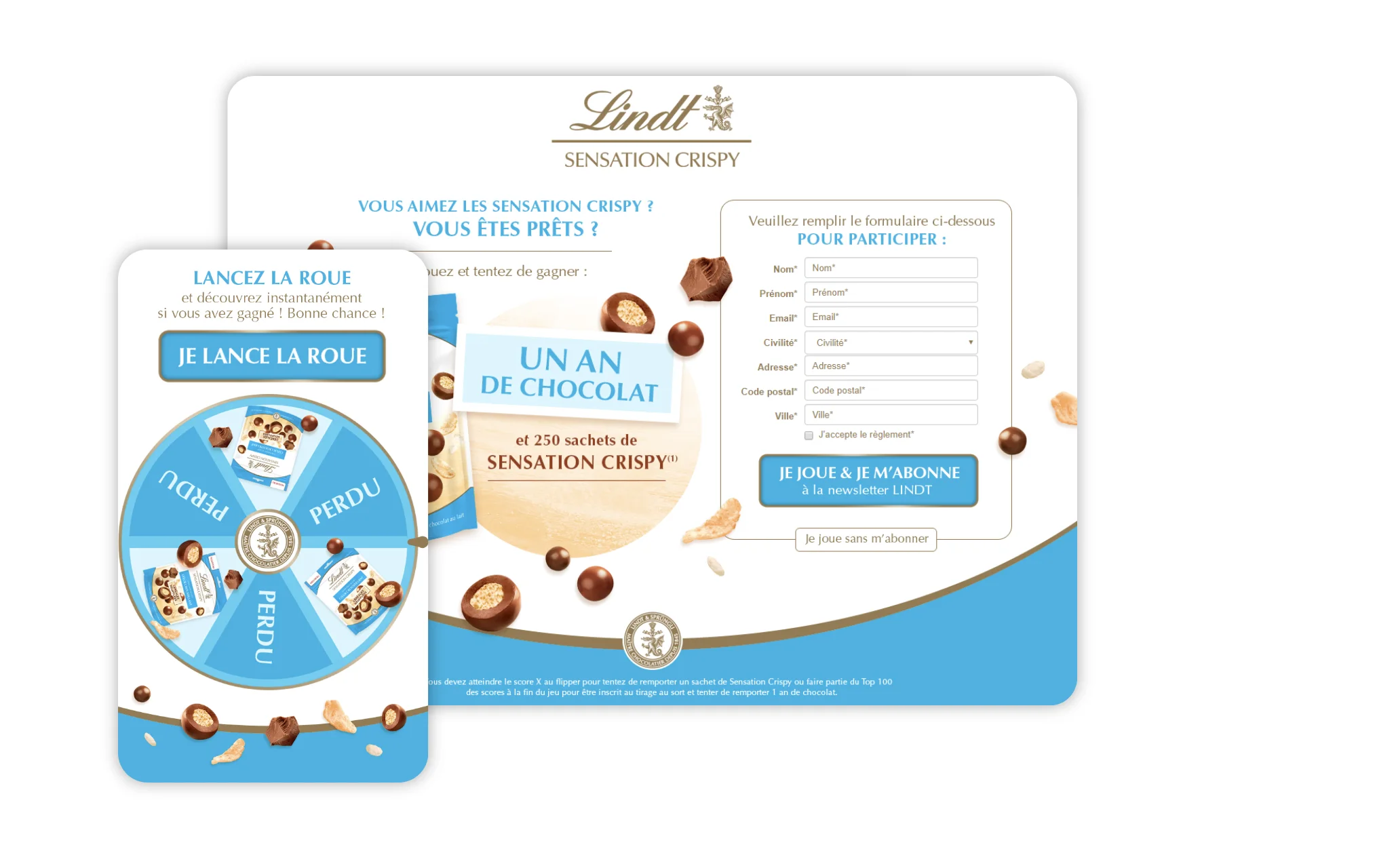
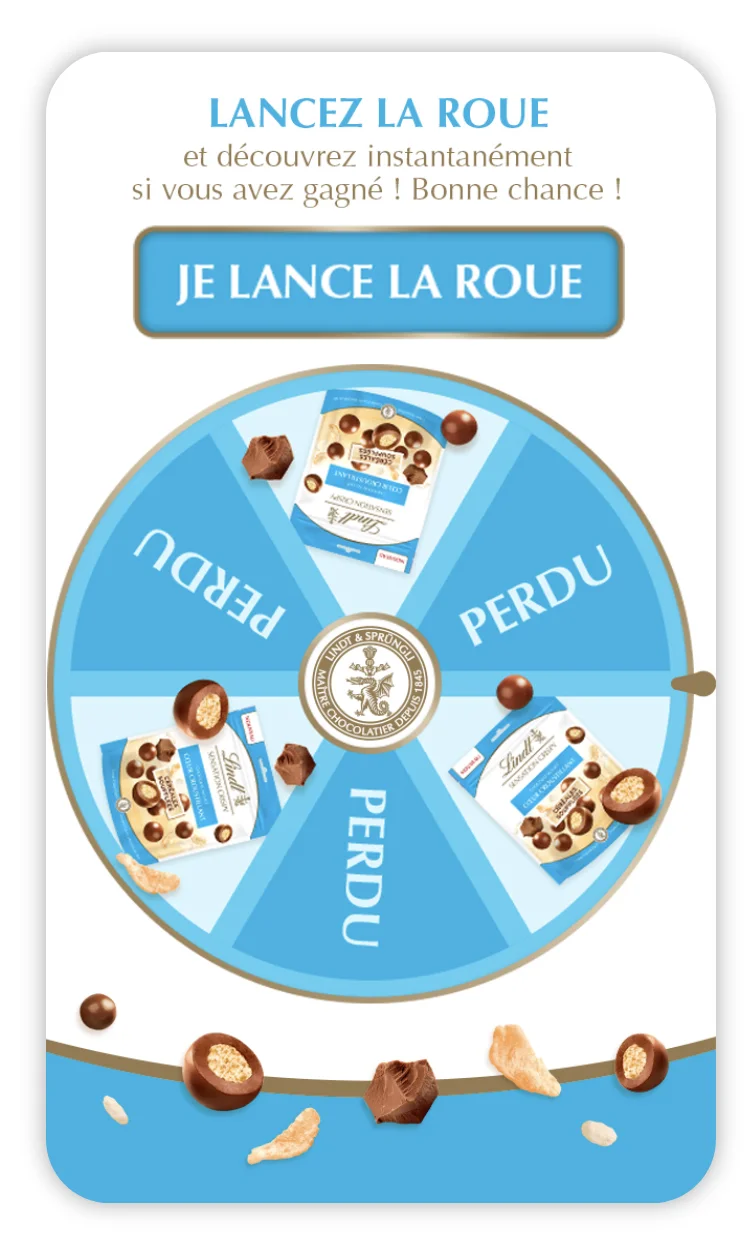
The Speedy Advent Calendar
For Christmas, Speedy launched an Advent Calendar aimed at engaging its audience and recruiting leads. The campaign was a great success, with 37k registrations and high engagement, reaching an average of 7.6 games palyed per participant. This operation provided excellent visibility during a crucial sales period, the festive season.
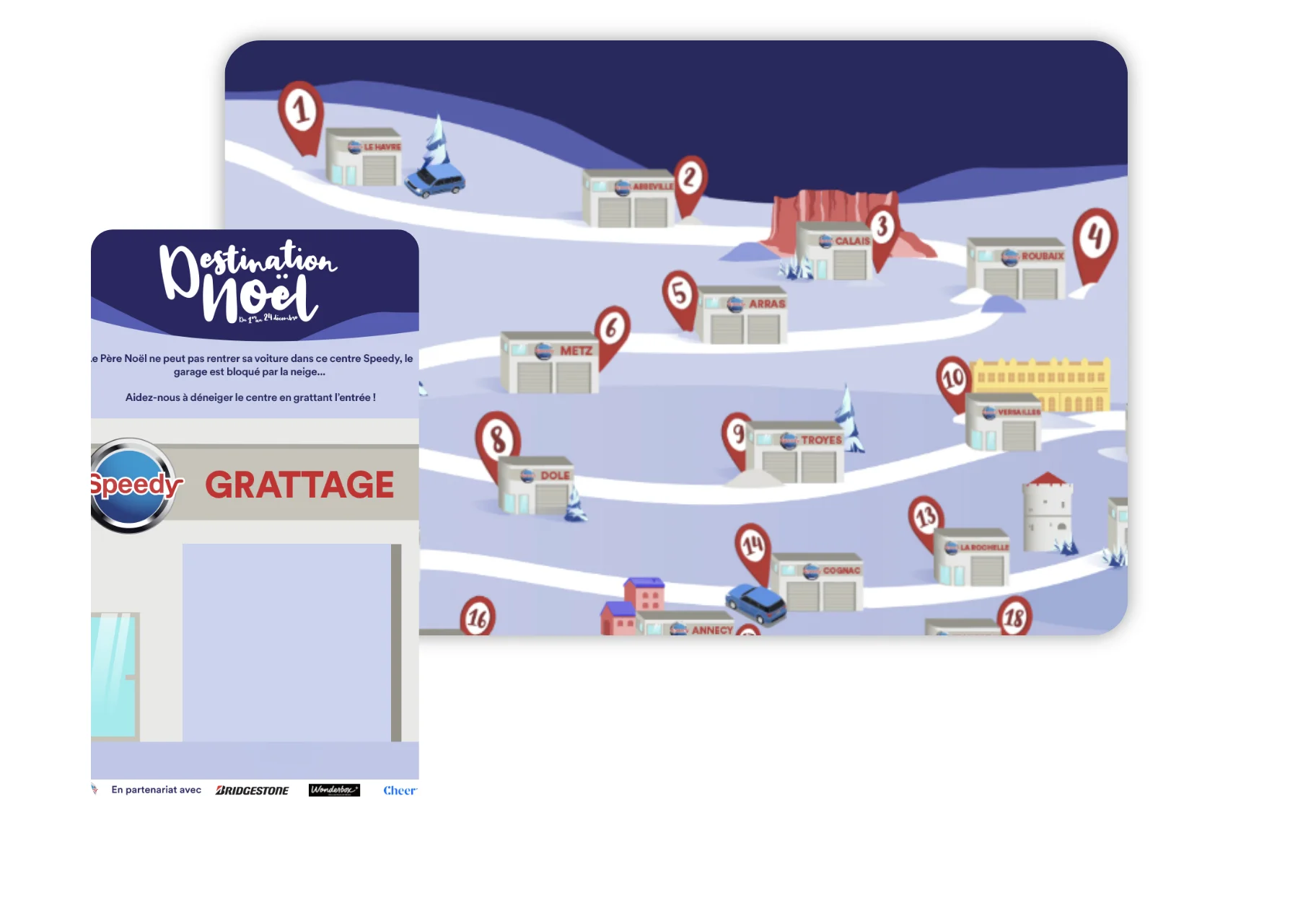
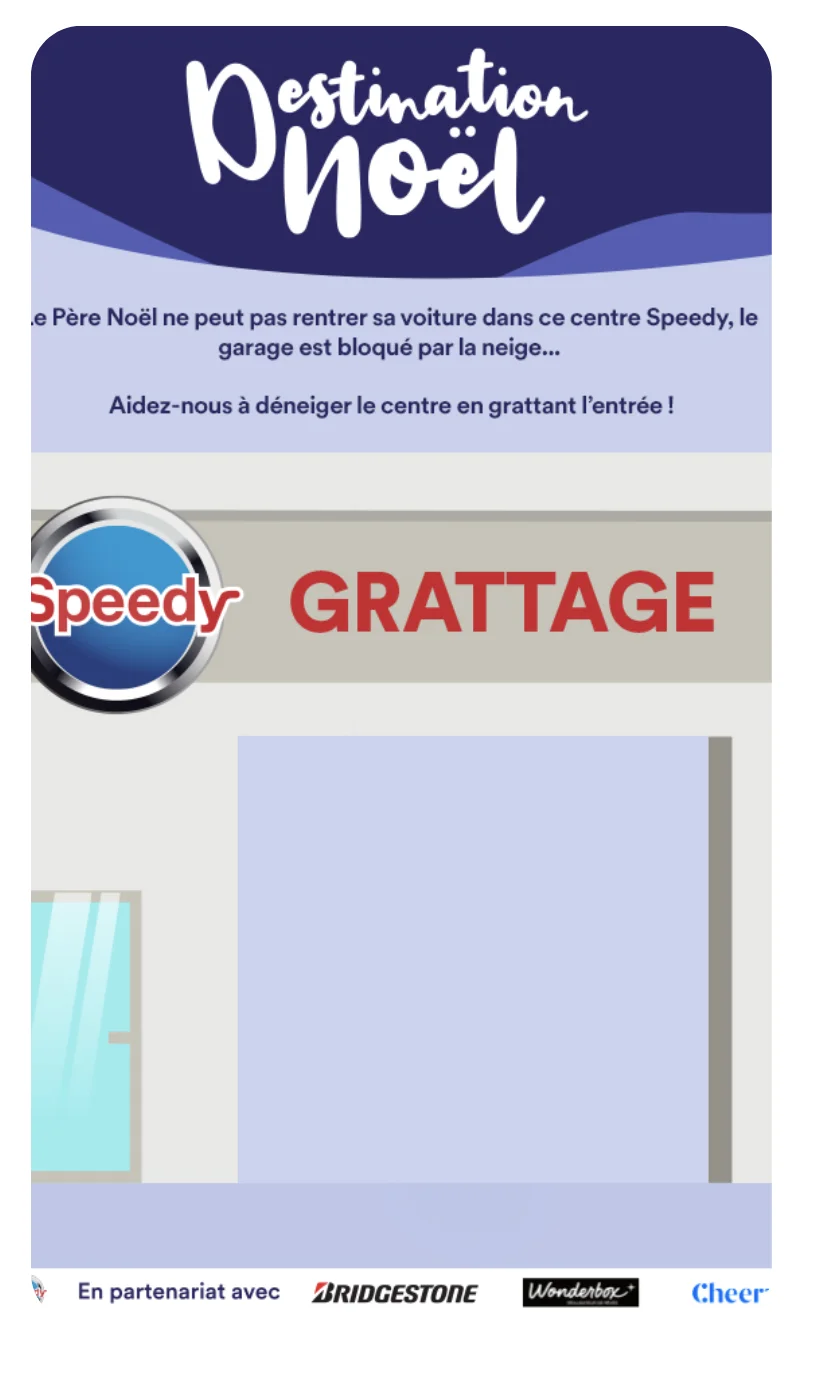
3. Boost your conversion rate with instant win competitions
Instant win competitions are ideal for companies looking to increase their conversion rate or build customer loyalty.
By awarding promotional codes to the winners, brands can stimulate engagement, encouraging people to visit the website and make pruchases. In this way, they can encourage an increase in their sales and a better conversion.
Showroomprivé Crazy days
The Crazy Days campaign enabled Showroomprivé to attract customers who responded to the game, while giving the bradn high visibility (with a 76% participation rate) during the sales period. The Instant Win, a one-armed bandit, was used as a sales generator, to stimulate conversion through the distribution of shopping vouchers.
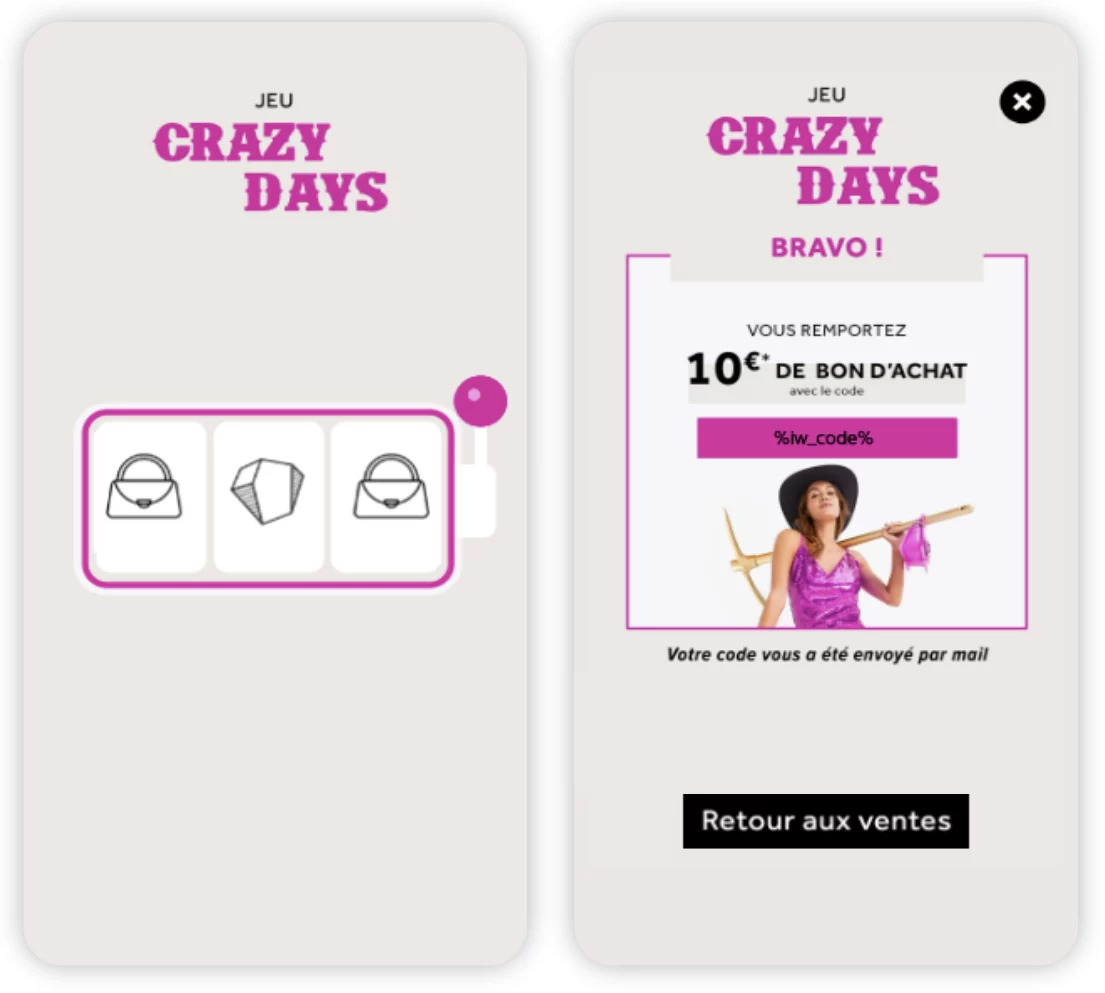
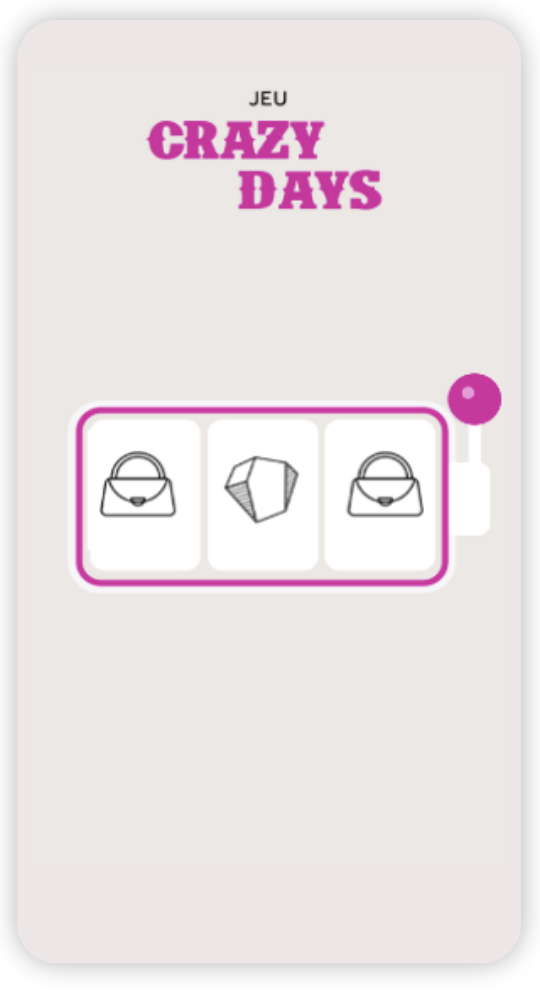
BZB Game Center
Thanks to an engaging multi-mechanical system, Bizzbee offers an immersion into the world of gaming. After each game, users receive a voucher, boosting sales over the festiv period (with a conversion rate of 2.4%). An integrated conversion pixel monitored the performance of the interactive campaign in real time, continuously optimising its effectiveness.
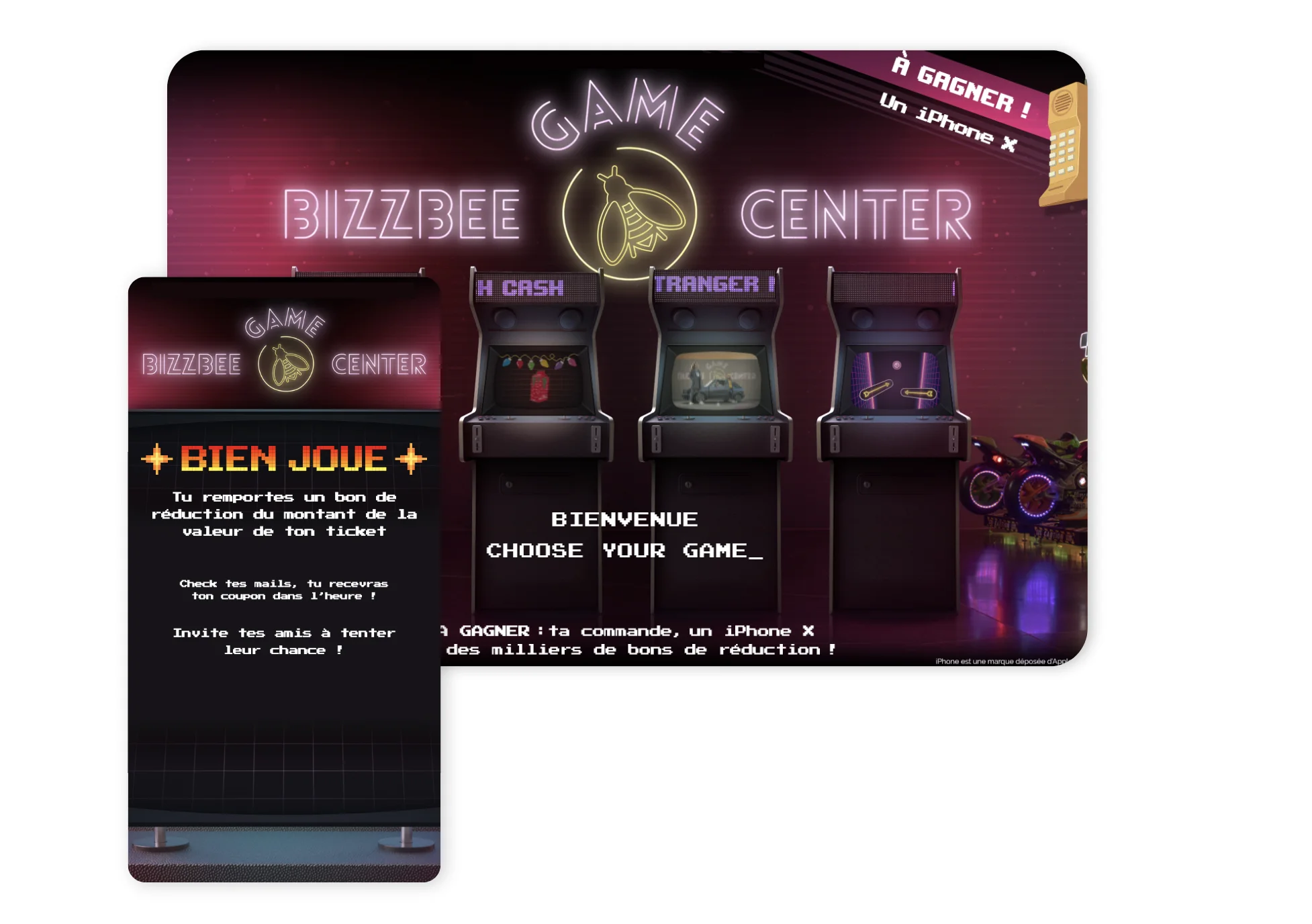
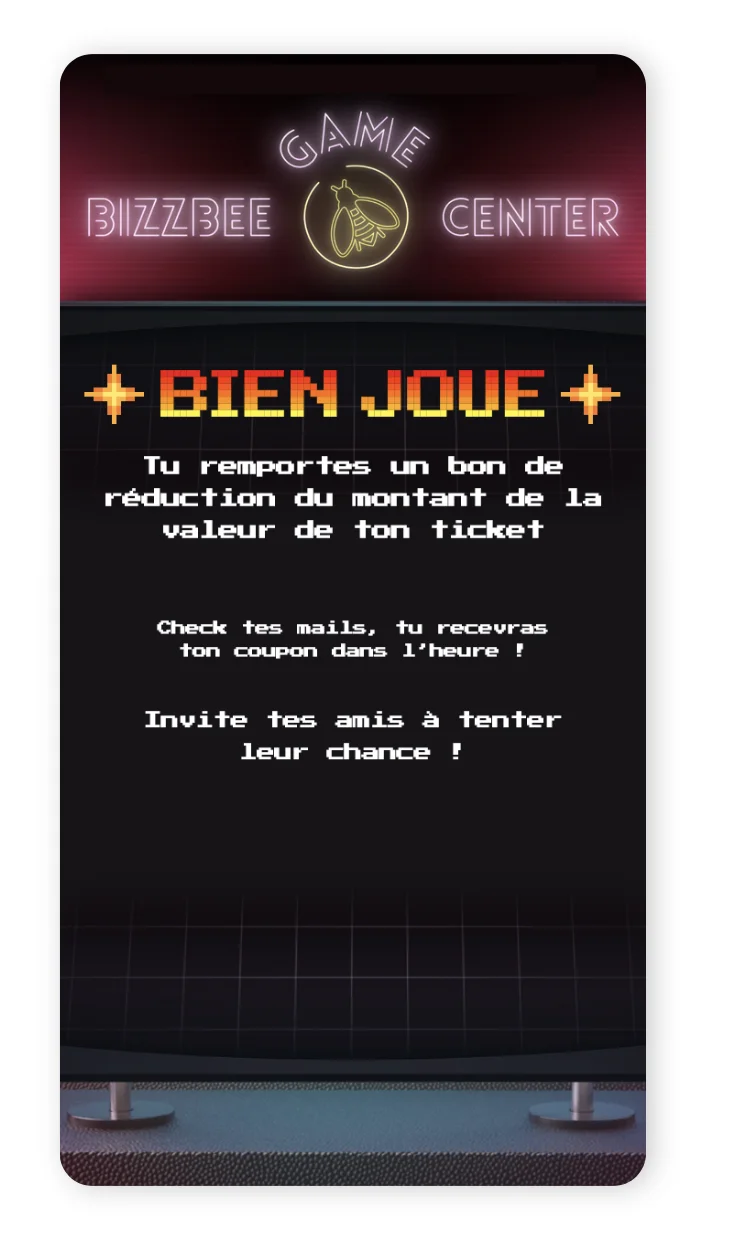
Conclusion
Organising an Instant Win competition is an excellent way to generate leads, engagement and conversion. Discover
our interactive mechanisms that you can customise or adapt to a specific marketing event to boost your campaigns throughout the year!



